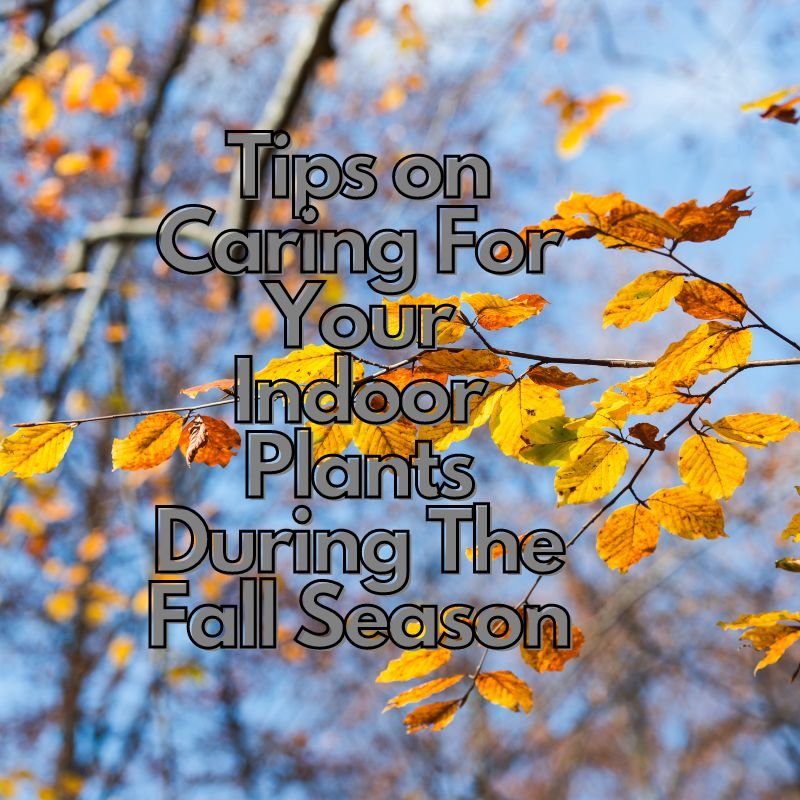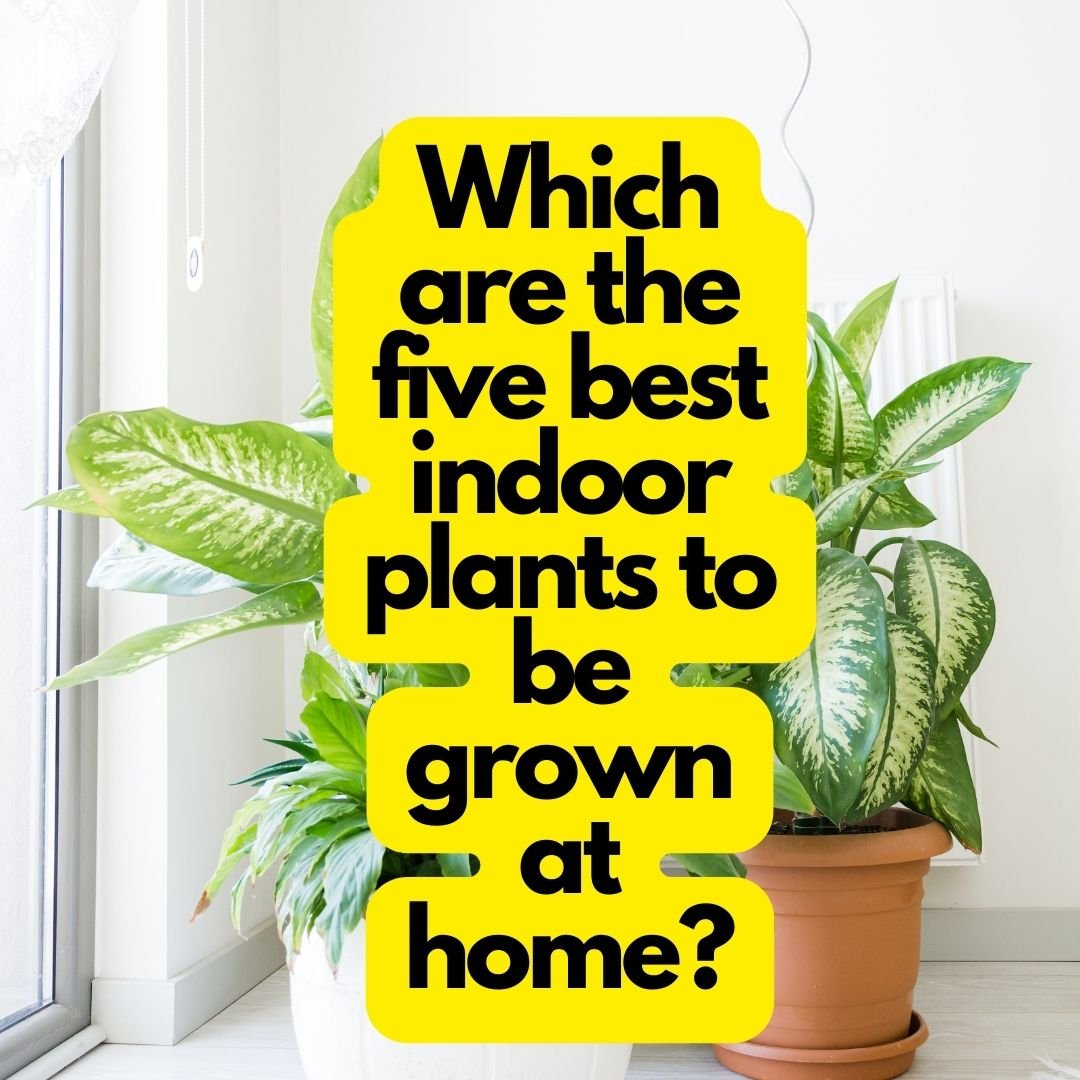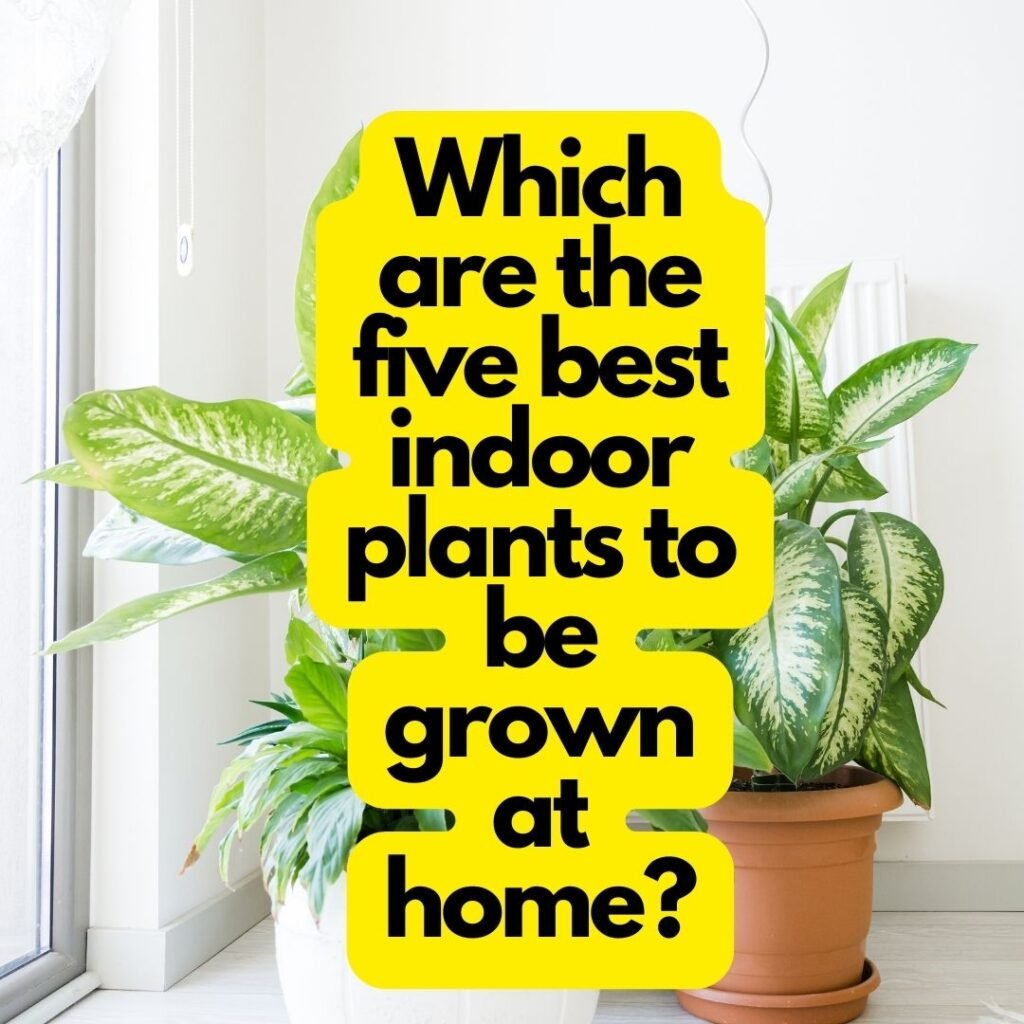Tips on Caring For Your Indoor Plants During The Fall Season
Fall is an exciting season to get outside and enjoy the cool air and changing leaves. But while you’re outside enjoying fall, don’t forget about your indoor plants! Caring for houseplants during the fall season can be tricky, as temperatures and sunlight levels can vary greatly. In this article, we’ll discuss tips on how to care for your indoor plants during the fall so they can thrive throughout the cooler months. From adjusting watering habits to giving them adequate sunlight, follow our advice and your indoor plants will remain happy and healthy all autumn long.

The Different Types of Indoor Plants
Indoor plants are a great way to add some life to your home, and they can be easy to care for if you choose the right type of plant. Here are some different types of indoor plants that you might want to consider:
- Succulents: Succulents are a great option for indoor plants because they don’t require a lot of water or maintenance. They come in a variety of shapes and sizes, so you can find one that fits your space.
- Ferns: Ferns are another good option for indoor plants. They’re relatively easy to care for and don’t require a lot of light. They come in a variety of colors and textures, so you can find one that fits your décor.
- Snake Plants: Snake plants are a good choice for indoor plants because they’re low-maintenance and don’t require much water. They’re also known for being able to purify the air, so they’re a great choice if you want to improve the air quality in your home.
- Spider Plants: Spider plants are another easy-to-care-for option for indoor plants. They don’t require much water or light, and they’re known for being able to purify the air. They come in a variety of colors, so you can find one that fits your décor.
The Best Location for Your Indoor Plants
When the weather outside starts to cool down, it’s time to start thinking about moving your plants indoors. But where is the best place to put them? Here are a few tips on finding the best location for your indoor plants:
- Pick a spot with good light. Your plants will need plenty of light to thrive indoors, so choose a spot near a window where they can get plenty of sunlight.
- Avoid drafty areas. Cold drafts can be harmful to your plants, so avoid placing them near doors or windows where there might be a draft.
- Consider humidity levels. Some plants like high humidity, while others prefer low humidity. Pay attention to the needs of your particular plant and choose a spot accordingly.
- Think about temperature. Just like people, plants prefer different temperatures depending on their species. Make sure you know what temperature range is ideal for your plant before placing it in its new home.
By following these tips, you’ll be sure to find the perfect spot for your indoor plants this fall!
Proper watering for your indoor plants during the fall season
As the weather starts to cool down and the days get shorter, you’ll need to pay closer attention to your indoor plants and their watering needs. Here are some tips on how to properly water your plants during the fall season:
- Water your plants more frequently than you did during the summer, as they will be losing water faster due to the cooler temperatures.
- Regularly check the soil to see if it is dry. If the soil feels dry when you stick your finger up to your first knuckle, it’s time to water.
- Don’t let your plants sit in water – make sure to empty out any excess water from saucers or trays after watering.
- Give your plants a deep watering, soaking the soil until water runs out of the drainage holes. This will help them develop strong roots.
Fertilizing your indoor plants during the fall season
As the days grow shorter and the temperatures start to cool, your plants will begin to enter into a state of dormancy. During this time, they will need less water and fertilizer as they prepare for winter.
However, that doesn’t mean you should neglect your plants entirely! They still need some nutrients to stay healthy and strong through the colder months.
One way to give them the boost they need is by fertilizing them during the fall season. This will help them produce more food (through photosynthesis) and store up energy for the winter.
There are a few things to keep in mind when fertilizing your indoor plants during the fall:
- Use a light hand – Since plants are already entering into a dormant state, they won’t need as much fertilizer as they do during other times of the year. Over-fertilizing can actually do more harm than good, so it’s important to use a light hand.
- Choose an organic fertilizer – An organic fertilizer will release nutrients slowly over time, which is perfect for fall since plants are growing more slowly at this time of year. Look for an organic fertilizer that is low in nitrogen and high in phosphorus and potassium. These nutrients will encourage root growth and help your plants store energy for winter.
- Apply the fertilizer around the base of the plant – Be sure to apply the fertilizer around the base of the plant, rather than on the
Preventing pests and diseases in your indoor plants during the fall season
The fall season can be tough on your indoor plants. The days are shorter, the temperatures are cooler, and the humidity is lower, all of which can stress your plants and make them more susceptible to pests and diseases. But there are a few things you can do to help your plants stay healthy during the fall season.
First, make sure you’re watering your plants regularly. They may not need as much water as they did during the summer, but they still need enough to stay hydrated. Second, keep an eye out for pests and diseases. If you see any signs of pests or diseases, treat them immediately. Third, fertilize your plants regularly. A good fertilizer will help them stay healthy and vigorous throughout the fall season.
By following these tips, you can help your indoor plants stay healthy and happy all fall long!
Conclusion
Taking care of your indoor plants during the fall season is essential for their health and vitality. With our advice, you can enjoy lush green foliage that will add life to any space, even as temperatures drop outside. Remember to adjust your watering schedule based on the changes in light, humidity, and temperature while keeping an eye out for pests and signs of illness. Following these tips will ensure that your plants stay healthy throughout fall so they can thrive when springtime arrives!
Ear Mites On Dogs: What You Need To Know




